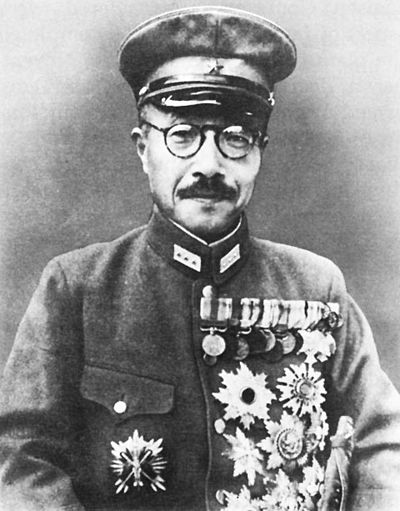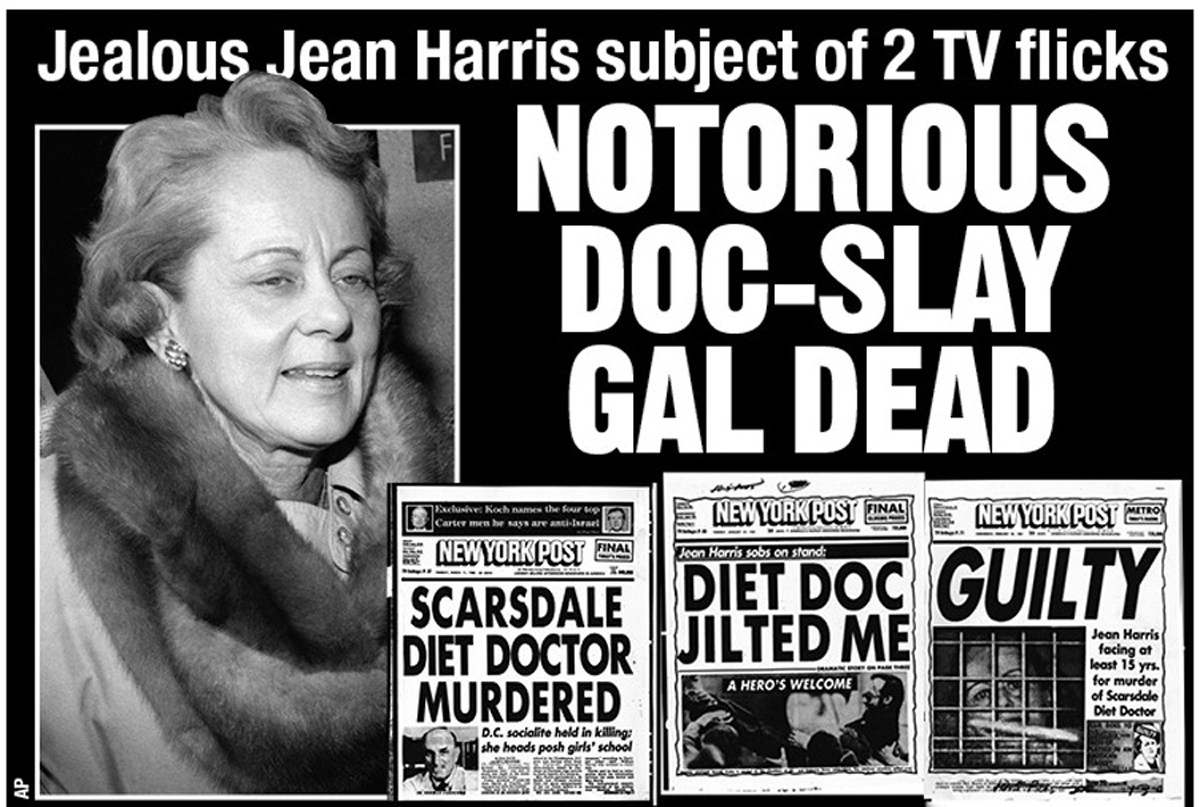1961
Adolf Eichmann verdict delivered
Otto Adolf Eichmann was born in Germany in 1906 but grew up in Austria where he attended the same high school that Adolf Hitler had attended 17 years before. He never graduated and worked in a series of undistinguished jobs until in 1932 he joined the Austrian branch of the Nazi Party and was assigned to the paramilitary Schützstaffel or SS. He returned to Germany in 1933 and was transferred to the SD, the Security Service; here he was sent to Berlin and worked for the Jewish Department, studying Zionist organizations and learning Yiddish and Hebrew.
By this time, the Nazis had achieved power and were using strong-arm methods to encourage the country’s Jewish population to emigrate; over half of Germany’s Jews would do so before 1939. As part of his duties Eichmann travelled to British-mandated Palestine (much of which is now Israel) to see if that territory would be suitable for the reception of those leaving Europe. He spoke with local Jewish authorities and expressed the fear that sending too many German Jews to Palestine would result in them forming an independent state.
When war began in 1939, Nazi policy shifted to the mass deportation of Jews to the east into territory Germany had conquered. Eichmann was placed in charge of the Central Office for Jewish Emigration, transporting of Czech, Austrian and German Jews into what had been Poland, a task which brought him into conflict with other Nazi officials who thought that the rail system could be put to better use or who wished to relocate ethnic Germans into that area. Some Jews were being forced into overcrowded and unsanitary ghettos while farther east tens of thousands of others were being murdered out of hand. After the 1942 Wannsee Conference in which Eichmann took part, it was decided to exterminate the Jewish population of Nazi-dominated Europe. This required massive construction of a constellation of death camps and coordination of the transport system. Eichmann seems to have had little influence on policy but played a key administrative role in facilitating the destruction of European Jewry.
With the defeat of Germany in 1945, things became dangerous for former SS officers but Eichmann remained safe under a series of false identities. In 1950, with the help of Catholic priests with Nazi sympathies, he obtained papers and transportation that allowed him to emigrate to Argentina under the name of Ricardo Klement. There his family joined him and he prospered in Buenos Aires as an employee of the local Mercedes-Benz firm. By 1957 the Israeli government began to be aware that Eichmann might be in Argentina, whose government was reluctant to extradite German war criminals. In 1960 a team of Israeli agents kidnapped Eichmann on his way home from work and flew him to Israel for trial.
Despite Eichmann’s argument that he was not morally responsible for the death of those in his charge and that he was merely following orders, he was found guilty of crimes against humanity, war crimes and membership in illegal organizations. He was hanged in 1942.













